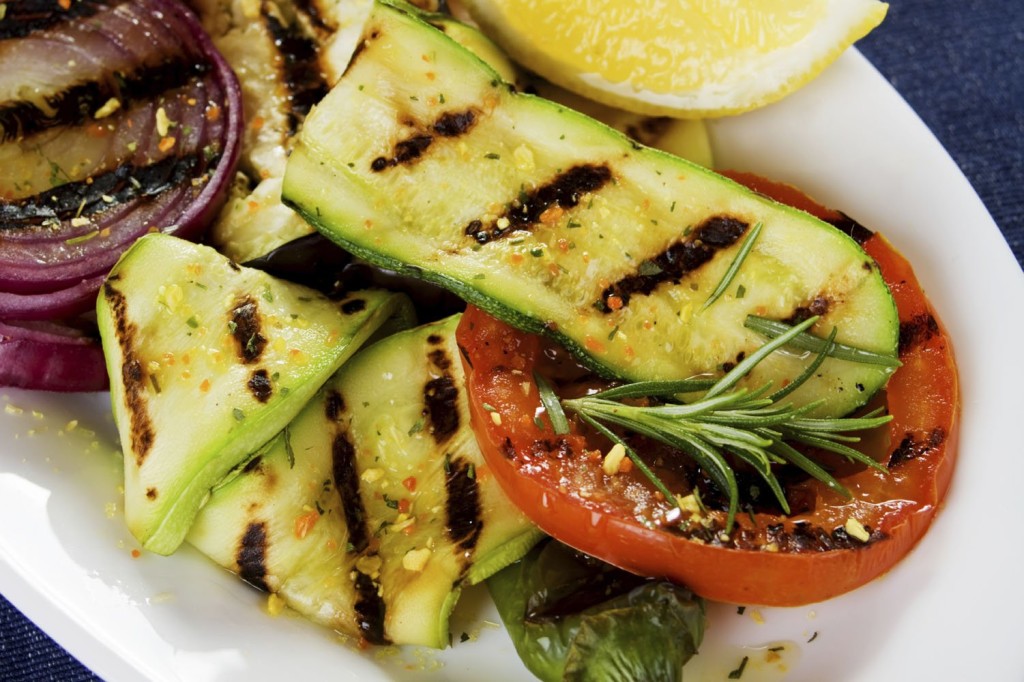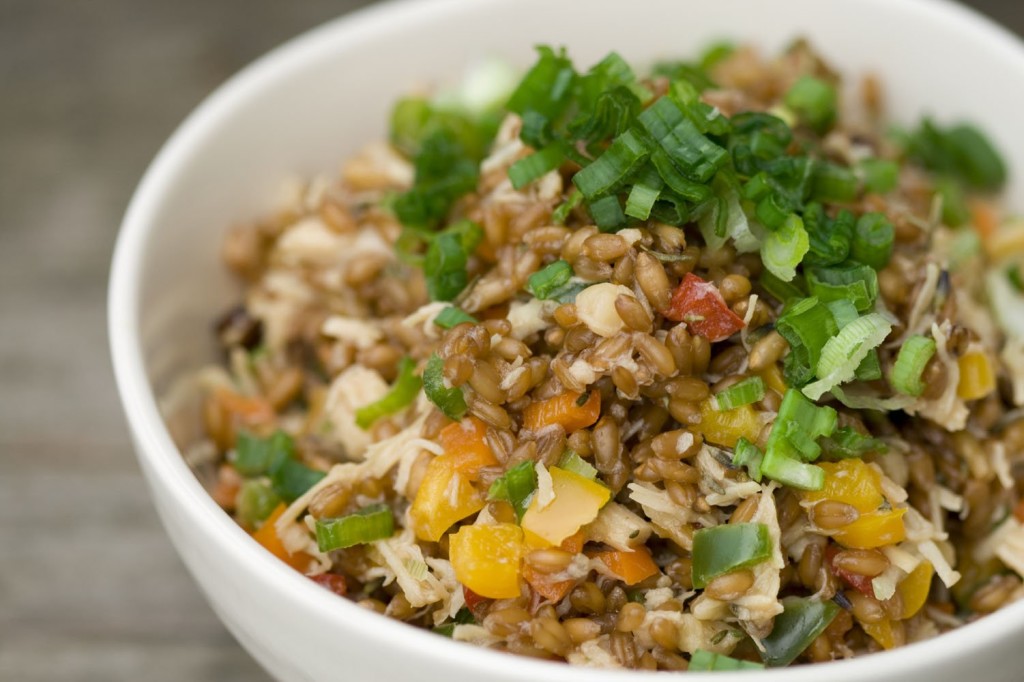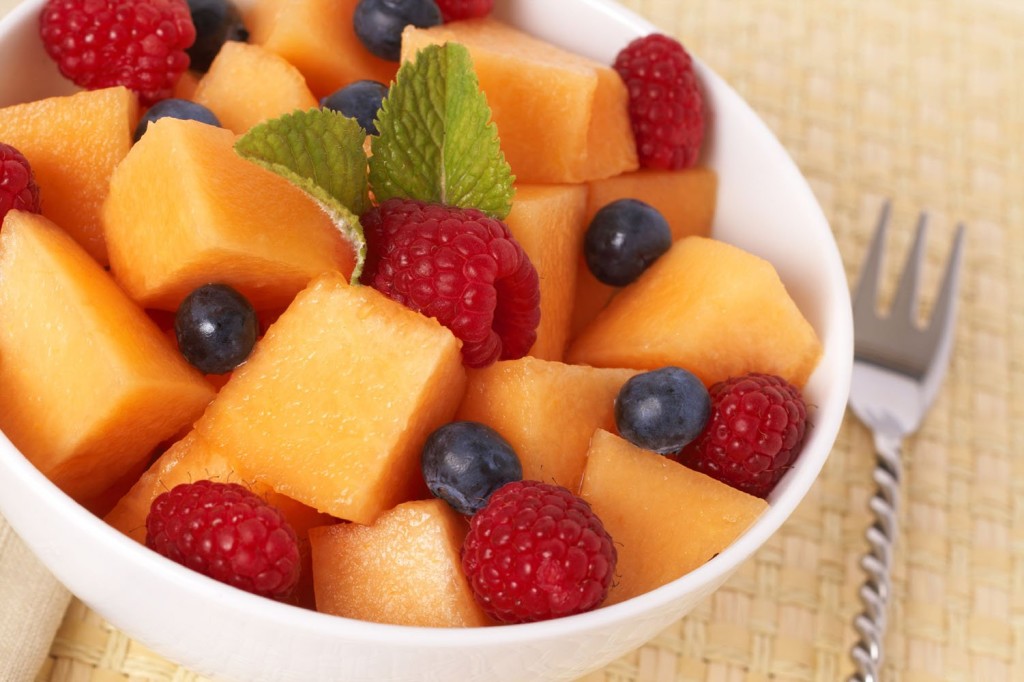One of the greatest concerns with the food supply today is the toxicity and lack of nutrients. This begins with the seed, then the soil it is planted in, followed by the treatment it receives during its growth phase. But if that wasn’t enough, a further degradation of food takes place between the harvest and the plate.
These are the three most prominent ways in which nutrients get destroyed in your food.
Processing
The most processed food category is arguably the grains. In order to produce flour, they often undergo a process that leaves them with a fraction of the nutritional value compared to when they were initially harvested.
To begin with, the highly nutritious, sprout-able bran and the fiber-rich husk are removed. Only the light-yellow endosperm remains, which is virtually all starch, with a high glycemic index rating and very little nutritional value.
Following that, in order to bypass the aging process, add shelf life, and get a clean white color, the endosperm is crushed and treated with chlorides to make it instantly white. A byproduct of that process is alloxan, which is used to induce diabetes in lab animals for medical testing.
What is left is a food that has a mere remnant of its original nutrient value.
Heating
Another way the nutrients in food are destroyed is through heating. Many phytonutrients, enzymes, probiotics, and vitamins do not survive the heating process.
One such process is pasteurization. This is commonly done with dairy products in order to remove any rogue bacteria that may be present during the harvesting. Unfortunately, this process also removes delicate and beneficial nutrients like enzymes and good bacteria, which are crucial for proper digestion and health.
Another common practice is to cook foods in the oven or on a stovetop at high temperatures for extended periods of time. This also results in the destruction of various nutrients.
Finally, microwaving is the worst way to cook food. This method excites the water molecules inside whatever you are cooking, causing heat formation from the inside out. The result is a near-total molecular decomposition of the nutritional content.
This leaves microwaved food almost completely dead, leaving nothing but empty calories, fiber, and minerals. Virtually every vitamin and phytonutrient has been destroyed.
Irradiation
This process exposes food to radioactive materials, such as cesium-137 and cobalt-60, in order to kill insects, bacteria, mold, and fungus, as well as prevent sprouting and extend shelf life. Unfortunately, foods that have been irradiated lose much of their nutritional value.
Irradiation can destroy between 5 and 80 percent of the vitamins and nutrients found in various foods, including essential vitamins A, B complex, C, E, and K. For example, irradiated eggs lose 80 percent of vitamin A, and orange juice loses 48 percent of beta-carotene.
Although the heating and irradiation processes are often mandated by governmental organizations to reduce the number of food-borne illnesses, this may bring about other health problems, since probiotics, enzymes, and other nutrients that help the body resist infection get destroyed.
Consuming more whole, fresh foods will strengthen the health of your immune and detoxification systems to better fight off harmful pathogens.



